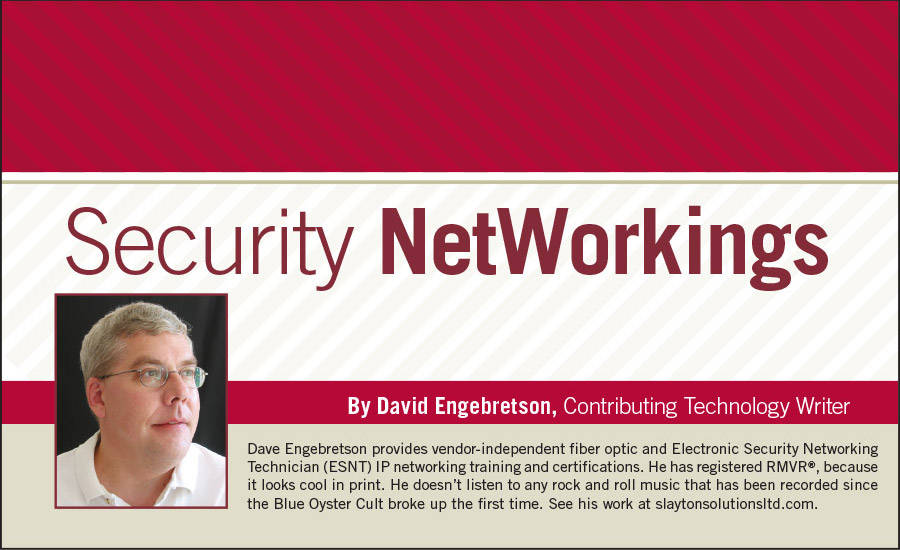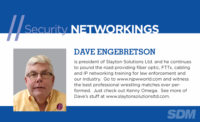“Look out honey, ‘cause I’m using technology.” — “Search and Destroy,” Iggy and the Stooges, 1973
Dispatch from Buffalo, N.Y.
I travel extensively around the lower 48 and Canada performing training classes for our industry. As a result, I have taken hundreds of cab rides in the past seven years.
After a few frightening rides in Chicago, I found my cab driver of choice, Estefan, who was the light-heavyweight boxing champion of Iraq, circa 1972, and currently drives a Yellow Cab. He was always on time and things were good as he whisked me to Midway Airport for another “This flight will be completely full, every seat will be taken,” stuffed-to-the-gills, Southwest Airlines joyride to Anytown, North America.
Everything was fine until yesterday.
I called Estefan to confirm his pickup time to be told that he had had an accident and wasn’t driving. Now I needed a ride to the airport ASAP. I could haul my luggage out to Milwaukee Avenue and attempt to hail a cab, but it was raining… What about this “Uber” service? After quickly downloading the app, I had a screen on my Android showing a little car two blocks from my house and closing. The car was clean inside and out, the driver (Ramon) was courteous and safe, and the fare was substantially less than Yellow Cab’s fee to get me to Midway.
The old-school cab and limo companies and their drivers must be going crazy. According to the Statistics Brain website, Uber revenues in Chicago alone are over $12 million per month.
Uber is a classic example of a “disruptive technology” — some invention or service that completely changes and/or destroys an industry. Think iPods and CDs, Netflix and DVD sales. Both of these technologies, when adopted by consumers, completely changed the game for the existing product lines and services.
In our industry there have been a number of technology upheavals since I started in this business in 1977. Sometimes a new technology has beaten out an older one (PIRs/dual-technology motions and ultrasonics, digital communicators and tape dialers), and in some cases, a combination of factors can wreck an industry.
In the 1980s computer systems consisted of large-box main frames and tape-drive storage units typically housed in a climate-controlled room with “dumb” terminals on the workers’ desktops. With the importance of the network head end devices, insurance companies often required the installation of Halon fire suppression systems.
It was great selling Halon systems, as all you needed was a tape measure and a calculator. Figure the volume of the room and subfloor, crank up your Texas Instruments calculator and spit out a figure of how much Halon had to be dumped into the room within 10 seconds. Systems went for $20K and up.
But the times, network system configurations and environmental issues have closed the door on Halon system sales. Another technology bites the dust.
We can see the potential “disruptive technologies” in our industry today at many levels. Summer-sales programs are biting into entry-level residential alarms, while Simplisafe, Dropcam, Lowes and others are pushing DIY systems to end-users, bypassing traditional alarm dealers.
While these competitors should definitely be a concern for electronic security companies, I believe these DIY players can help us define ourselves and our services. We are the professional alarm installation, monitoring and service industry. By comparison, the DIY companies are selling potentially incomplete and marginally effective security systems and devices. Without naming names, your homework assignment is to go to these companies’ websites and study the features, functions and user complaints. One company has videos on its website explaining how end users should install their products. Extensive use of double-sided tape is involved…really? How many false alarm fines will the DIY user endure before pulling the plugs on their self-installed systems?
Security dealers and salespeople should be fully aware of the glaring flaws in some of these heavily advertised DIY systems. My grandmother Lil would say, “If you can’t say something nice, don’t say anything,” but this situation is different. It is our moral duty as an industry to inform our customers what comprises truly functional alarm and monitoring systems and services. After all, we are the pros.



